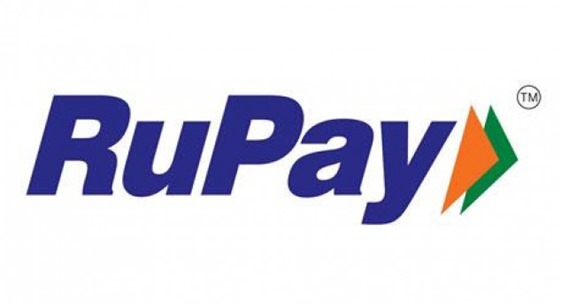With 190M Debit Cards in use, RuPay Stands Neck to Neck With Behemoths MasterCard and Visa

RuPay, the foster child of Jan Dhan Yojana that was inaugurated by President Pranab Mukherjee had Modi government’s attention right since its inception, taking India in the league of those countries that have their own payment gateways. In the pilot project itself they had distributed 10,000 cards and was adapted by countries biggest banks such as the SBI, PNB, ICICI to name a few. The number later sprung up, crossing a good 250 banks across India. Its popularity grew under the Prime Minister’s Jan Dhan Yojana, and then there was no looking back.
One-year-old RuPay is now already giving tough competition to global giants Visa and MasterCard. There is a whooping figure of 190 million RuPay debit cards currently in use in India.
So, in user volume now, it stands neck to neck with MasterCard and Visa, something that the Indian government must be very proud of achieving in merely a year. The biggest advantages of why this card is a major success among the aam Indian is because of its low transaction costs, integration of major banks and local merchants.
So far, more than 175 million accounts, which come with a RuPay debit card and an overdraft facility of Rs 5,000, have been opened under the scheme. Already 154 million RuPay cards have been issued to these new non-frills account holders. Banks have also issued another 40 million RuPay debit cards to “non-Jan Dhan” customers.
“We are now focusing outside the PMJDY and promoting these RuPay cards even to other savings account holders,” AP Hota, MD and CEO, National Payments Corporation of India (NPCI), which runs RuPay, told HT. “Until one year ago MasterCard and Visa Card were predominant in the market while now RuPay has made a mark and we are hoping to increase its presence further.”
MasterCard said Indians are fast adopting digital payment technologies. “There is plenty of room to grow in this segment,” said Vikas Varma, executive director, South Asia, MasterCard. “Low personal consumption expenditure penetration presents a significant opportunity for electronic payments growth, in line with the government’s less- cash society vision,” said TR Ramachandran, group country manager, India and South Asia, Visa.
This project being the government’s baby, everyone was skeptical about its growth and spread, now that the baby has grown, we are sure it is here to stay. The government put in all its efforts as they wanted a real quick growth and they have achieved it.
At the inaugural, we had said it’s going to be the India’s answer to MasterCard and Visa. it sounded too good to be true back then, but to the surprise of all, it did turn out to be true!
